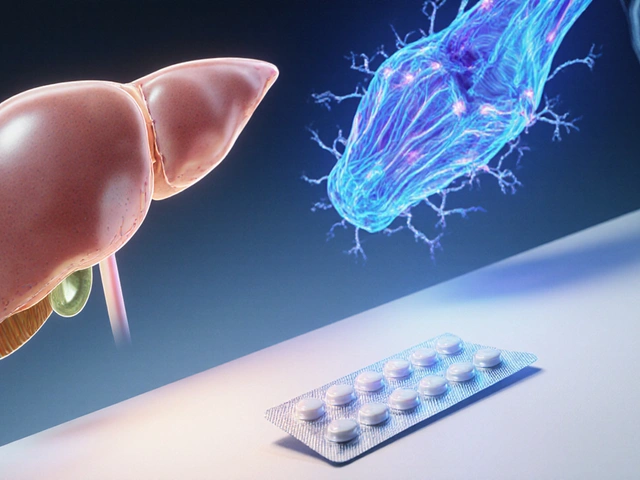Keto Diet: Easy Guide to Start and Stay on Track
Thinking about cutting carbs but not sure where to begin? The keto diet swaps carbs for fat, pushing your body into a state called ketosis. In ketosis you burn fat for fuel, which can lead to steady weight loss and more steady energy throughout the day.
The biggest mistake newbies make is trying to cut all carbs at once or hunting down exotic foods. You don’t need fancy ingredients – a few everyday swaps are enough to hit your goals.
Why People Choose Keto
Most folks start keto for weight loss, but the benefits go beyond the scale. Many report fewer cravings, clearer thinking, and even better blood sugar control. By limiting carbs, insulin spikes drop, which helps your body store less fat.
Another plus is that you can eat satisfying meals. Fat is tasty, and you’ll feel fuller longer, so you’re less likely to snack between meals. That feeling of “I’m not hungry” is a common win for people sticking with the plan.
Simple Steps to Begin
1. Calculate your macros. Aim for about 70‑75% of calories from fat, 20‑25% from protein, and under 5‑10% from carbs. There are free calculators online that can give you numbers based on your height, weight, and activity level.
2. Swap out high‑carb foods. Replace white rice, bread, and pasta with cauliflower rice, lettuce wraps, and zucchini noodles. These low‑carb alternatives keep your meals familiar without the carb load.
3. Choose healthy fats. Olive oil, avocado, butter, and nuts are great choices. Avoid processed vegetable oils that are high in omega‑6 fats – they can cause inflammation.
4. Stay hydrated and add electrolytes. When you first cut carbs, your body loses water and minerals. Drink plenty of water and add a pinch of salt, a splash of lemon, or an electrolyte supplement to avoid the “keto flu.”
5. Track your progress. Use a simple diary or an app to log food and see how your carb intake measures up. Most kits also let you test urine or blood for ketone levels, which can be reassuring.
6. Plan your meals. Preparing a week’s worth of meals saves time and prevents the urge to grab fast‑food carbs. A few go‑to recipes – like scrambled eggs with cheese, avocado, and spinach, or a fatty salmon salad – make the process painless.
7. Listen to your body. If you feel dizzy, overly fatigued, or notice a sudden drop in performance, you might be eating too few carbs or not getting enough electrolytes. Adjust gradually instead of making big changes overnight.
8. Give it time. Most people notice a change in energy and weight after the first two weeks, but full adaptation can take a month or more. Patience pays off.
Remember, keto isn’t a one‑size‑fits‑all. Some people thrive on strict ketosis, while others do better with a slightly higher carb intake (often called “lazy keto”). The key is to experiment and find what feels sustainable for you.
If you’re unsure whether keto fits your health profile, talk to a doctor or nutritionist, especially if you have diabetes, thyroid issues, or are pregnant.
Ready to give it a try? Start with a simple breakfast swap – replace cereal with a handful of nuts and a boiled egg. From there, you’ll see how easy it can be to keep carbs low without feeling deprived.
Stay consistent, keep your meals tasty, and you’ll likely notice the benefits stacking up faster than you expect.
MCT Supplements: Complete Guide to Benefits, Dosage & Buying Tips
By Lindsey Smith On 22 Sep, 2025 Comments (17)

Discover everything you need to know about MCT supplements - from how they work and their health benefits to dosing tips, safety, and choosing the right product.
View More




